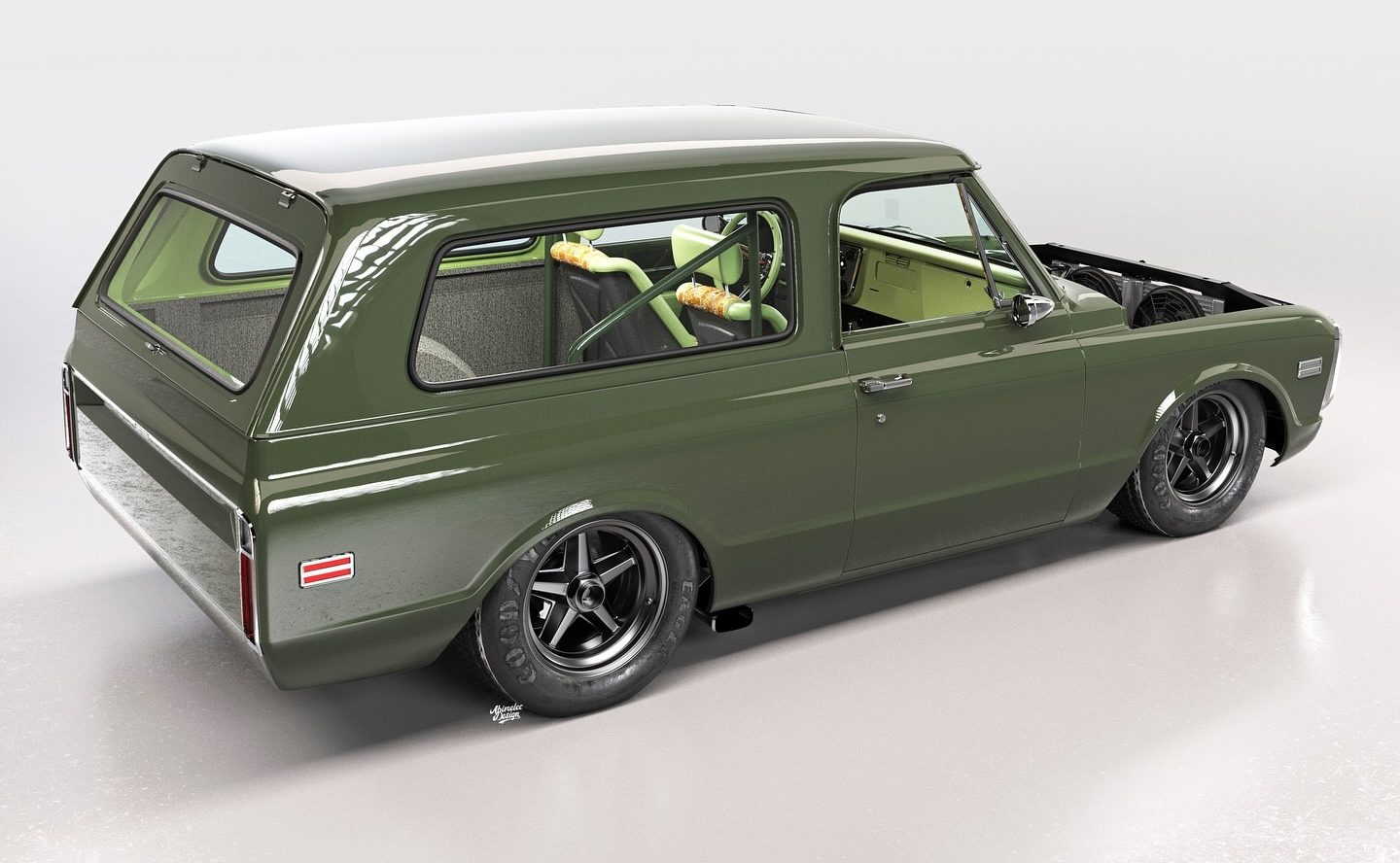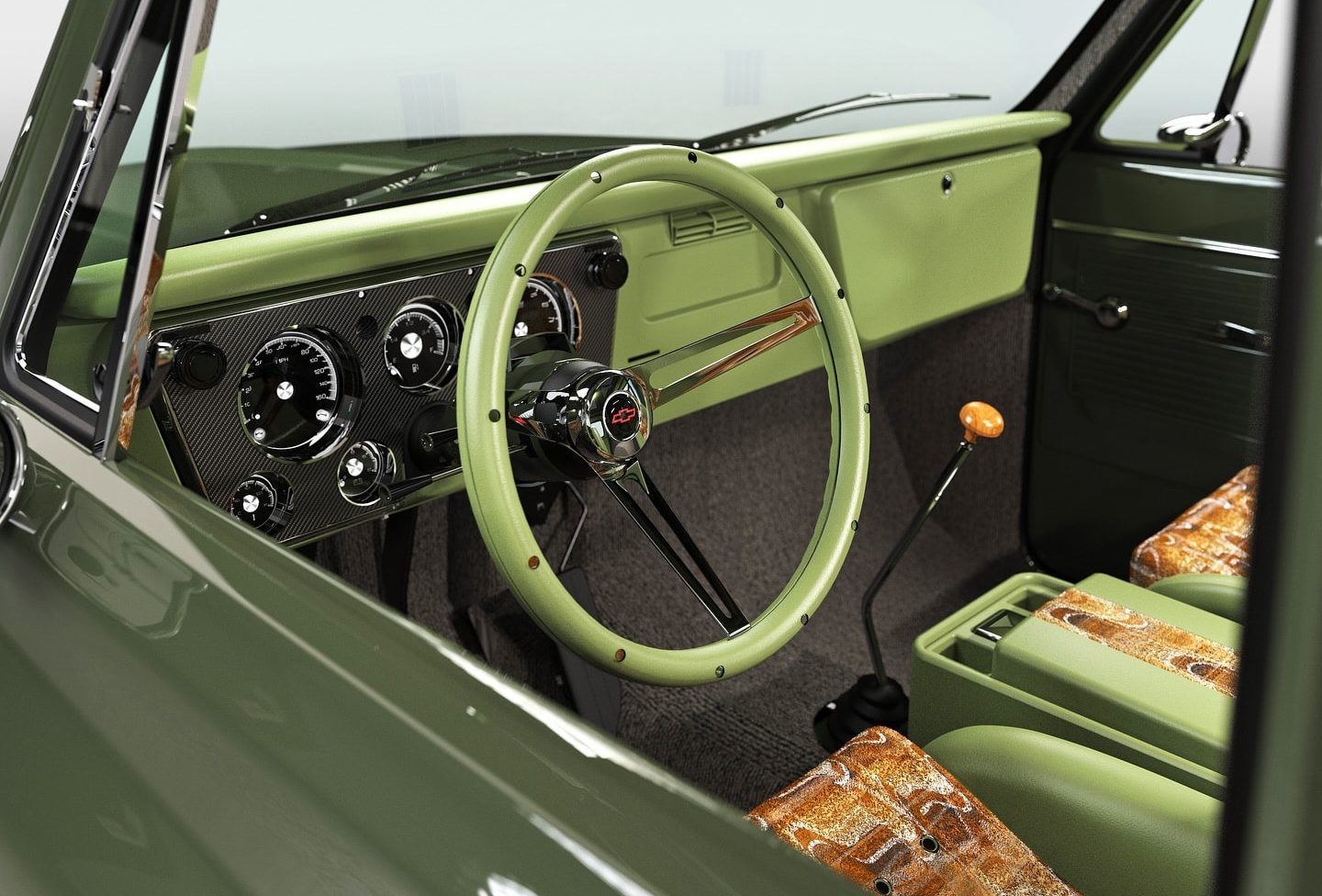General Motors may have clinched the top spot in the US automotive market for the first three quarters of the year, but its sales performance has shown signs of weakening compared to the previous year.
While competitors like Toyota and Ford have seen growth, GM’s Chevrolet division has struggled, particularly in the passenger car segment.
This downturn has raised questions about the automaker’s ability to capitalize on the growing demand for mid size SUVs.
While Jeep, Ford, and Toyota have introduced popular rugged models in this segment, Chevrolet has yet to present a direct successor to the iconic K5 Blazer.

This absence has fueled interest in restomod projects and digital concepts, highlighting the potential for a modern interpretation of this beloved vehicle.
As the automotive world continues to evolve, GM will need to adapt its strategy to meet consumer preferences and stay competitive in a rapidly changing market.
The Avocado Blazer, a reimagined 1970 Chevrolet K5 Blazer, began its life as a full fledged race truck. However, as the CGI design process progressed, the project underwent a significant transformation, shifting its focus towards a more street-friendly “canyon carver” aesthetic.

The name and color scheme were inspired by the avocado fruit, with a dark green exterior, bright green and orange accents, and a unique seat fabric pattern reminiscent of Barbara Brown’s mid 20th century textile designs.
The Blazer features a harmonious blend of classic chrome details and modern carbon fiber elements, creating a visually striking and contemporary appearance. Under the hood, the Blazer boasts a massive Chevy Performance ZZ632/1000 crate engine, delivering an impressive 1,004 horsepower.
To complement the powerful engine, the Blazer is equipped with wide Goodyear tires, large brakes, and iconic Porsche 917 wheels, ensuring exceptional performance and handling.

